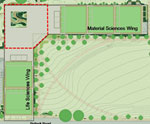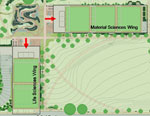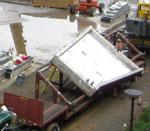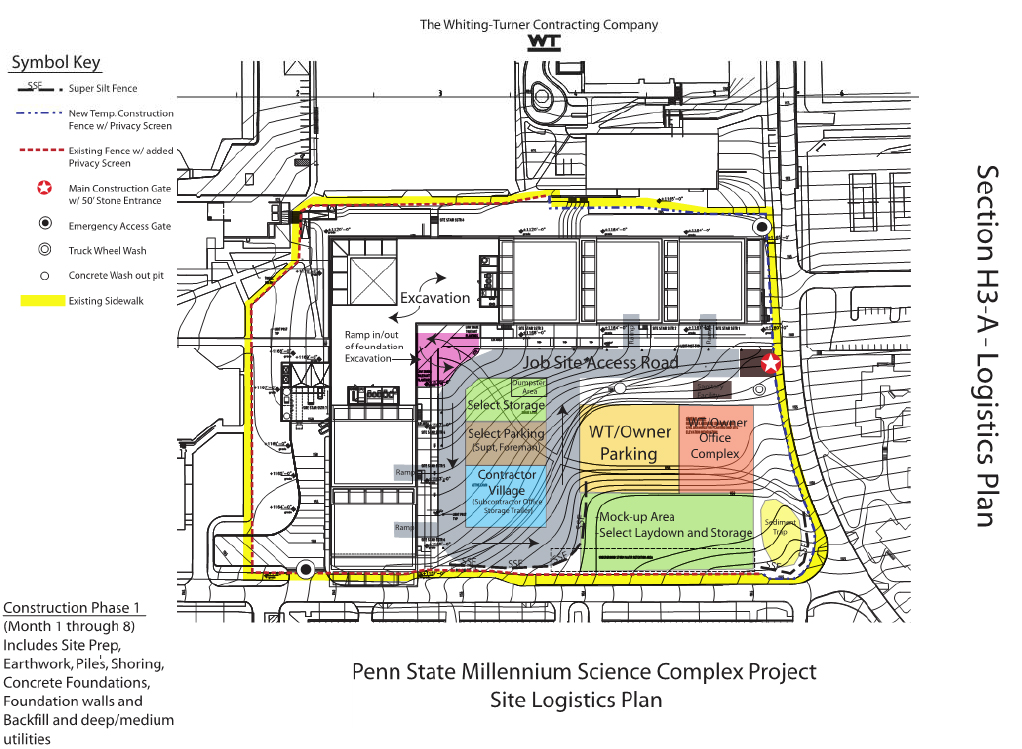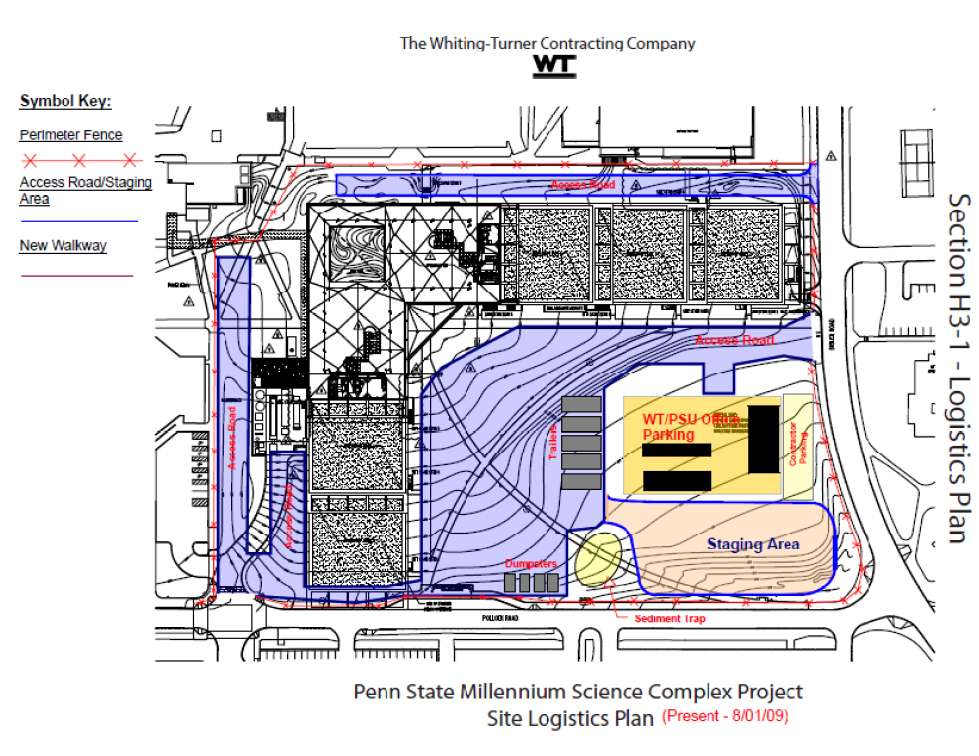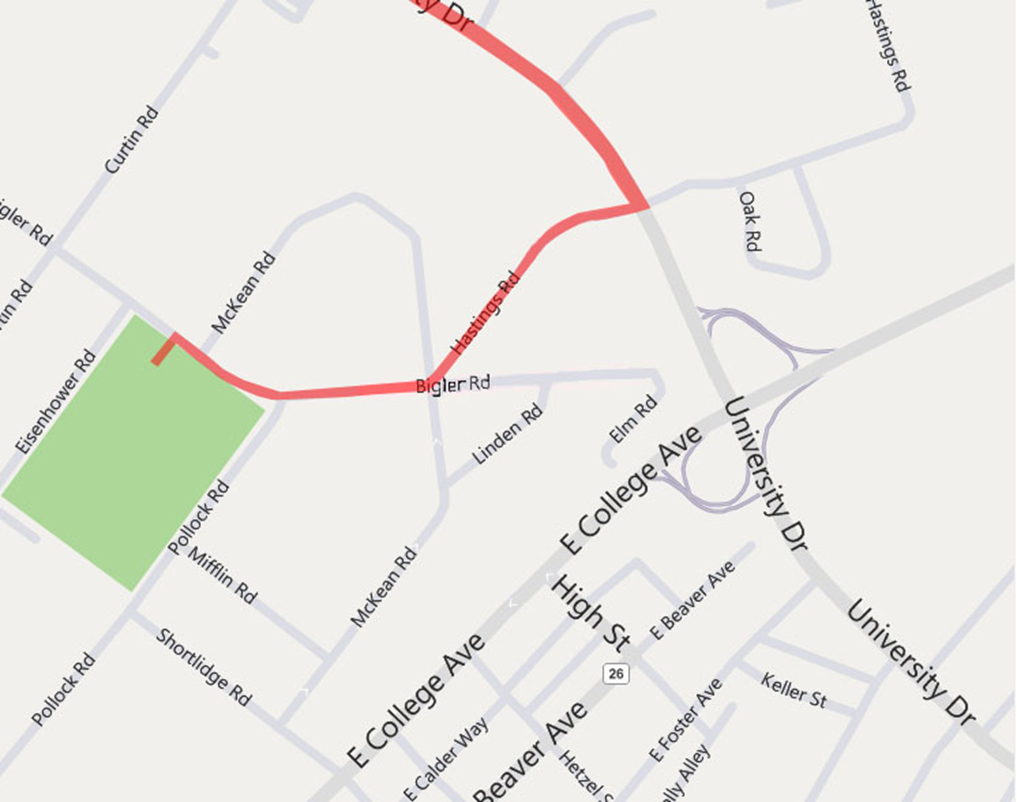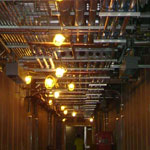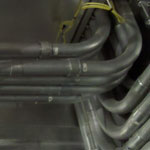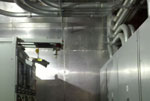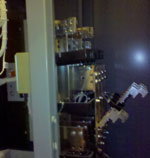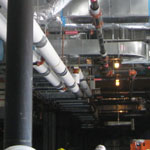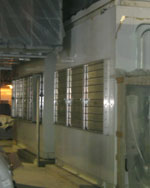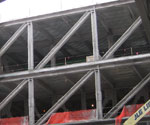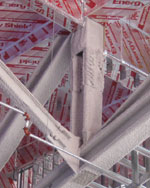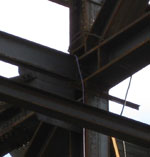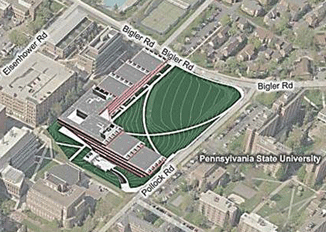GENERAL BUILDING STATISTICS
For a digital copy of the building statistics, click here.
Overall Data
Building Name: Millennium Science Complex
Location: University Park, PA
Site: Corner of East Pollock Rd. and Bigler Rd.
Occupant: Penn State Office of the Physical Plant
Size: 275,600 SF
Floors: Three above grade, penthouse, mezzanine, and basement
Use: Science research complex
Project Team
Owner: The Pennsylvania State University
General Contractor/CM: Whiting Turner
Architect: Rafael Viñoly Architects, LLC
Consulting Architect: Perfido Weiskopf Wagstaff & Goettel
Structural Engineer: Thornton Tomasetti Engineers
MEP Engineer: Flack and Kurtz
Telecommunications: Shen Milsom Wilke
Acoustics/Vibration Consultant: The Papadimo's Group
Lighting Consultant: Brandston Partnership, Inc.
Landscape Architect: Dewberry
Civil Engineer: Sweetland Engineers and Associates, Inc.
Laboratory Planner: Steven Rosenstein Associates, Inc.
Vertical Transportation: Van Deusen and Associates
Life Safety Code Consultant: Hughes Associates, Inc.
E.M.F. Consultant: Vitatech Engineering
L.E.E.D. Consultant: Rocky Mountain Institute
Clean Room Consultant: IDC Architects, PC-CH2M Hill
Time and Cost
Delivery Method: Design-Bid-Build
Dates of Construction: June 2008 - June 2011 (proposed)
Overall Estimated Cost: $230,000,000 budgeted
Building Costs: $175,000,000
Zoning
The Millennium Science Complex is located within Subdistrict 5, which is in the central and southeastern parts of the University Park Campus. This Subdistrict contains teaching and research facilities, as well as student services and housing. This Subdistrict has physical requirements that include the following:
- A maximum permitted density based on a FAR of 1.0.
- A maximum impervious surface coverage of 55%.
- A minimum open space of not less than 45%.
- A maximum height of 90 feet for any area more than 250'-0" from a District boundary
- A minimum building setback of 40'-0" measured from the curb
National Model Codes
IBC 2006
NFPA 70

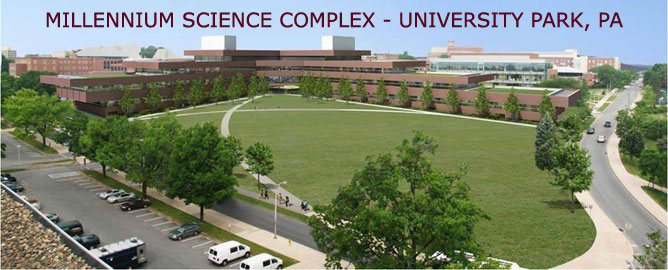



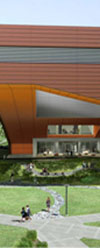
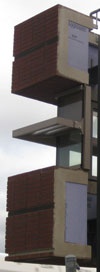
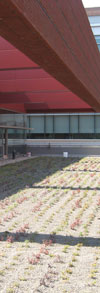
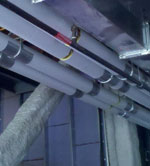
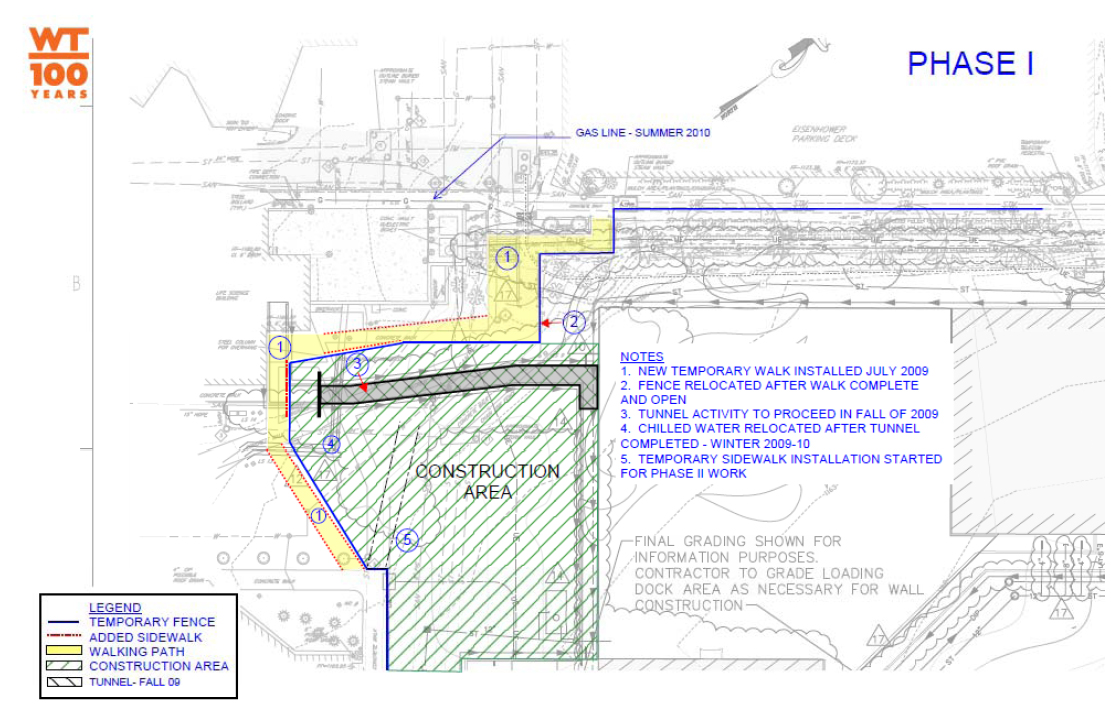


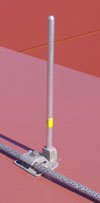
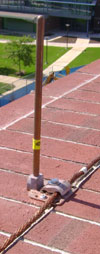
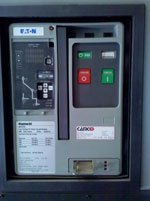
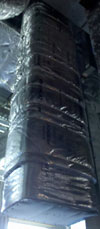
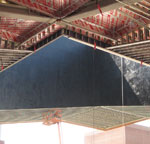
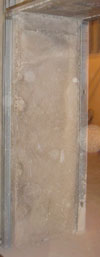
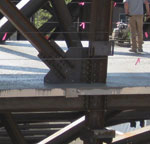
.jpg)
.jpg)

.jpg)
.png)
.gif)






